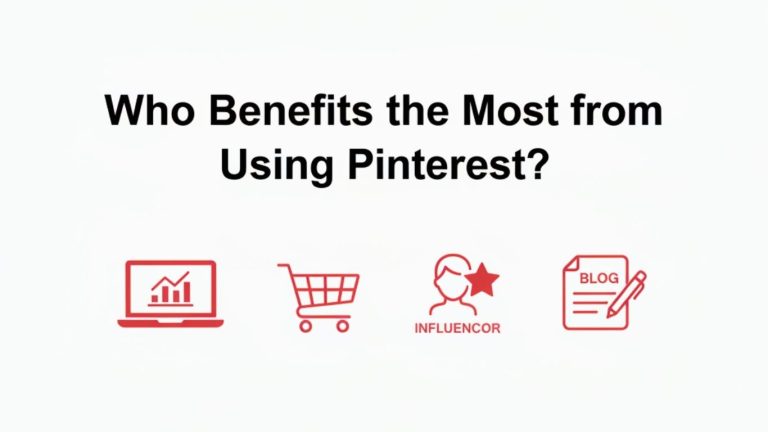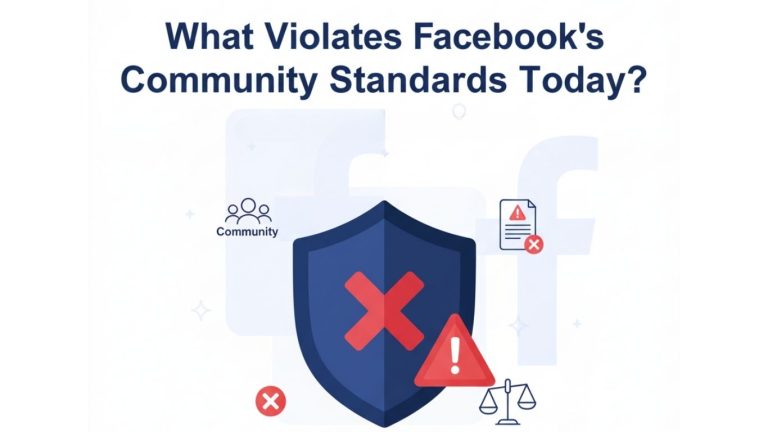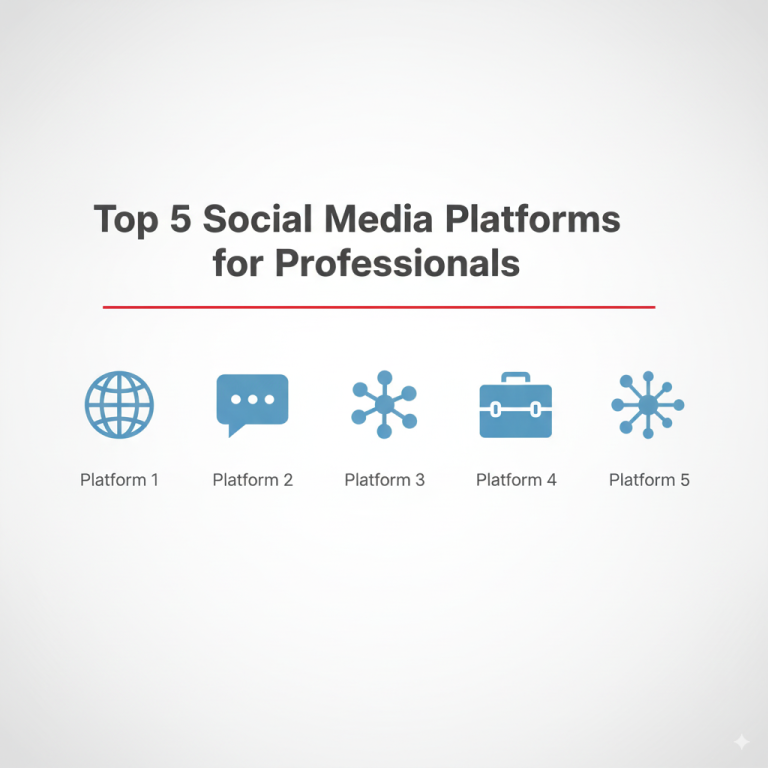The Pinterest Creator Opportunity
Millions of people use Pinterest daily, scrolling through endless feeds of inspiration, recipes, fashion, and DIY ideas. What if you could turn those pins into profit? While other social media platforms focus on fleeting content, Pinterest operates as a visual search engine where your content can generate income for months or even years after posting.
Many creators hesitate to start monetizing Pinterest, believing they need thousands of followers before earning their first dollar. This misconception prevents countless opportunities from materializing. The truth is far more encouraging: you can begin generating income with a much smaller following than you might expect.
This comprehensive guide reveals the real follower requirements for Pinterest monetization, explores various income streams available at different growth stages, and provides proven tactics to accelerate your journey from zero followers to sustainable Pinterest income. Whether you’re just starting or looking to optimize your existing strategy, these insights from social media strategists, Pinterest experts, and successful creators will transform your approach to Pinterest monetization.
Understanding Pinterest Monetization
Does Follower Count Really Matter?
Pinterest operates differently from Instagram, TikTok, or YouTube. While follower count matters, it’s not the primary factor determining your earning potential. Pinterest rewards creators who understand how the platform functions as a visual search engine rather than a traditional social network.
The platform prioritizes engagement metrics over vanity metrics. A creator with 500 highly engaged followers in a profitable niche often outearns someone with 5,000 passive followers. Pinterest’s algorithm focuses on saves, clicks, and outbound traffic—actions that directly translate to monetization opportunities.
Pinterest doesn’t require massive follower counts for most monetization methods. Affiliate marketing can begin immediately, brand collaborations often start around 1,000 followers, and driving traffic to your own products or services works regardless of your follower count. The minimum thresholds exist more for brand partnerships than platform-based monetization.
Monetization Methods on Pinterest
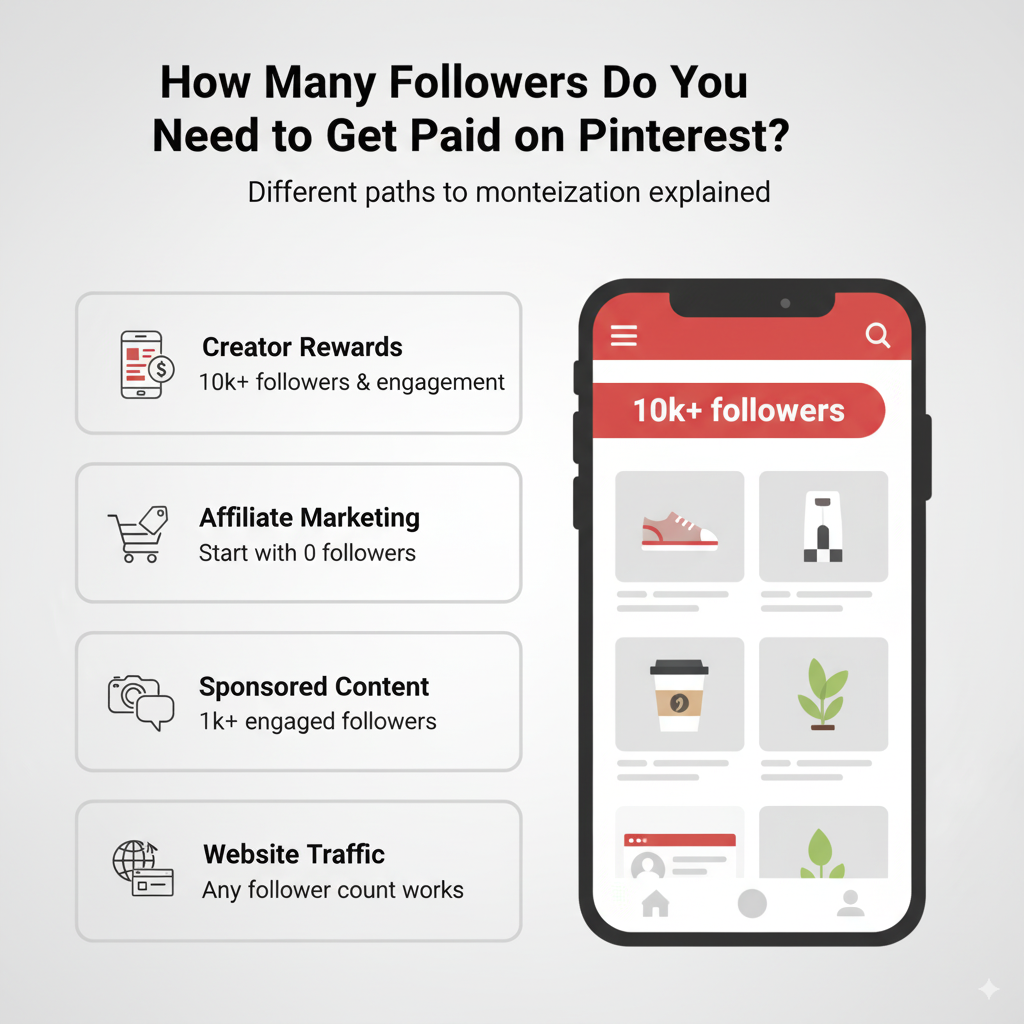
Pinterest Creator Rewards programs exist in select regions, typically requiring 10,000+ followers and consistent engagement metrics. However, this represents just one monetization avenue among many more accessible options.
Affiliate marketing remains the most accessible path to Pinterest income. You can start promoting products through affiliate links immediately, even with zero followers. Success depends more on creating compelling pins that drive clicks than accumulating followers.
Sponsored content and brand collaborations typically begin around 1,000 engaged followers, though smaller accounts in profitable niches sometimes secure partnerships. Brands value audience quality and engagement rates over raw follower numbers.
Driving traffic to your website or online shop works regardless of follower count. Pinterest excels at directing qualified traffic to external sites, making it perfect for bloggers, course creators, and e-commerce entrepreneurs.
Follower Milestones and What They Mean
100–500 Followers: Your Starting Point
New creators often underestimate earning potential at this stage. While income may start small, establishing monetization habits early creates compound growth over time. Small creators can realistically earn $50-200 monthly through strategic affiliate marketing and traffic generation.
Building trust becomes crucial during this phase. Focus on creating valuable, niche-specific content that demonstrates expertise in your chosen area. Whether you’re pinning about home decor, digital marketing, or healthy recipes, consistency and quality matter more than quantity.
Best practices for gaining initial traction include optimizing every pin for Pinterest SEO, joining relevant group boards, and creating fresh pins rather than relying solely on repins. Each pin should serve your audience while subtly promoting monetization opportunities.
1,000–5,000 Followers: The Growth Stage
This follower range opens doors for affiliate partnerships and sponsored opportunities that weren’t available earlier. Many affiliate programs prefer creators with at least 1,000 followers, and brands begin noticing accounts that consistently engage audiences in this range.
Engagement rates become more important than follower counts during this stage. A creator with 2,000 highly engaged followers often outperforms someone with 8,000 passive followers. Focus on building genuine connections through valuable content rather than pursuing followers for follower count alone.
Example earning potential at this level ranges from $200-1,500 monthly, depending on niche profitability and monetization diversity. Creators combining affiliate income, sponsored posts, and traffic-driven sales typically see higher earnings than those relying on single income streams.
10,000+ Followers: The Influencer Tier
Reaching 10,000 followers unlocks Pinterest’s creator monetization programs in eligible regions. This milestone also significantly increases brand collaboration opportunities and command higher rates for sponsored content.
Higher follower counts enable better negotiating positions with brands. Creators can charge $100-500 per sponsored pin, depending on engagement rates and niche profitability. Fashion, home decor, and lifestyle niches typically command premium rates.
Analytics and audience insights become powerful income drivers at this level. Detailed demographic data helps brands understand your audience value, leading to more lucrative partnership opportunities and higher conversion rates for affiliate promotions.
How to Grow Pinterest Followers for Monetization
Optimize Your Profile and Boards
Your Pinterest profile serves as your monetization foundation. Create an SEO-friendly bio that clearly communicates your niche expertise and includes relevant keywords. Instead of generic descriptions, use specific language that helps both users and Pinterest’s algorithm understand your content focus.
Board titles should incorporate searchable keywords while remaining user-friendly. Instead of naming a board “Pretty Homes,” use “Modern Farmhouse Decor Ideas” to attract targeted traffic. Organize boards logically and maintain visual consistency across your profile.
Professional profile photos and branded board covers create trust with potential collaborators and affiliate partners. Consistent branding signals serious creator intentions rather than casual Pinterest usage.
Content Strategy That Drives Followers
Creating fresh pins consistently outperforms relying on repins for growth. Original content receives algorithmic preference and positions you as a content creator rather than content curator. Aim for 5-10 fresh pins daily, supplemented by strategic repins.
Pin design significantly impacts follower growth and monetization success. Use vertical formats (2:3 ratio), readable fonts, and compelling calls-to-action. Bright, contrasting colors typically perform better than muted palettes. Include text overlays that clearly communicate pin value.
Seasonal content planning ensures consistent traffic throughout the year. Start planning holiday content 45-60 days early, and create evergreen pins that remain relevant year-round. Trending content can boost short-term growth, but evergreen pins provide long-term monetization opportunities.
Engagement and Community Building
Pinterest group boards can accelerate follower growth when used strategically. Focus on active boards in your niche rather than massive boards with low engagement. Contributing valuable content to group boards exposes your profile to targeted audiences likely to follow and engage.
Responding to comments and messages builds community around your content. While Pinterest isn’t as conversational as other platforms, engaging with your audience creates loyalty that translates to higher click-through rates and affiliate conversions.
Cross-promotion on Instagram, TikTok, and blogs drives Pinterest followers from existing audiences. Share behind-the-scenes content creation processes, pin your best Pinterest content to other platforms, and include Pinterest links in email newsletters and blog posts.
Earnings Beyond Follower Count
Engagement Metrics That Brands Value
Brands increasingly focus on engagement metrics rather than follower counts when selecting Pinterest partners. Pin saves indicate content quality and audience interest, while clicks demonstrate your ability to drive traffic—a crucial factor for brand ROI.
Outbound traffic metrics prove your monetization potential. Creators who consistently drive traffic to external sites command higher affiliate commissions and sponsored content rates. Track click-through rates and conversion data to demonstrate value to potential partners.
Audience demographics and niche focus often matter more than raw numbers. A creator with 2,000 engaged followers in the luxury travel niche may earn more than someone with 10,000 followers across multiple unrelated topics. Niche expertise commands premium rates.
Case Studies of Creators at Different Levels
Sarah, 500 followers: This food blogger generates $300 monthly through Amazon affiliate links and drives 2,000 monthly visitors to her recipe blog. Her secret? Creating stunning food photography pins optimized for Pinterest SEO, focusing on quick dinner recipes for busy families.
Mark, 5,000 followers: His home improvement Pinterest account landed three sponsored partnerships last quarter, earning $2,400. Brands value his engaged male audience—a demographic often difficult to reach through other social platforms. He combines sponsored content with affiliate tool recommendations.
Lisa, 22,000 followers: Her fashion and lifestyle Pinterest drives $8,000 monthly through her Shopify store selling digital planners and printables. Pinterest accounts for 60% of her website traffic and 40% of total sales. She treats Pinterest as her primary marketing channel rather than just a social platform.
Tools and Resources for Monetizing Pinterest
Analytics and Tracking Tools
Pinterest Analytics dashboard provides essential insights for monetization optimization. Monitor top-performing pins, audience demographics, and traffic sources to identify content types that drive the most engagement and clicks. Use this data to inform future content creation and partnership negotiations.
Google Analytics reveals how Pinterest traffic behaves on your website. Set up goal tracking to measure Pinterest visitor conversions, whether for affiliate purchases, email signups, or product sales. This data proves your traffic quality to potential brand partners.
Affiliate dashboard insights help optimize promotion strategies. Track which pins drive the most affiliate clicks and conversions, then create similar content to maximize earnings. Most affiliate programs provide detailed analytics showing traffic sources and conversion rates.
Design and Scheduling Tools
Canva simplifies professional pin design without requiring design expertise. Use Pinterest-specific templates and maintain consistent branding across all pins. Create pin templates for different content types to streamline your design process and ensure visual consistency.
Tailwind automates pin scheduling and provides analytics specifically for Pinterest. Schedule pins for optimal posting times, join Tailwind Tribes for additional exposure, and use SmartLoop to re-share evergreen content automatically.
Pinterest SEO tools help optimize pin descriptions and board titles for maximum discoverability. Research trending keywords in your niche and incorporate them naturally into pin copy. Tools like Pinterest Trends show seasonal keyword popularity patterns.
Challenges and Myths About Monetization
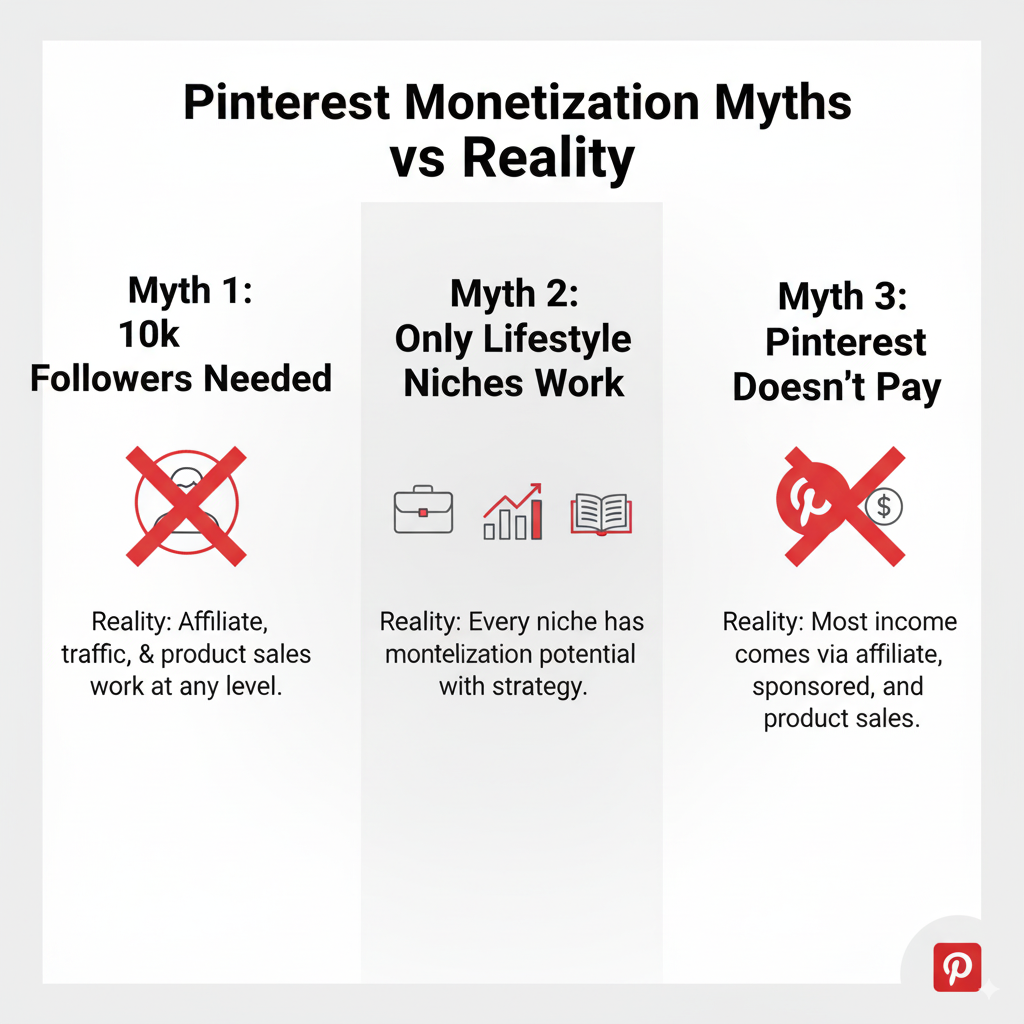
Myth 1: You Need 10k Followers to Earn
This persistent myth prevents countless creators from monetizing their Pinterest presence early. Reality check: affiliate marketing, traffic generation, and product sales work regardless of follower count. Focus on creating valuable content that drives engagement rather than chasing arbitrary follower milestones.
Many successful Pinterest monetizers earn significant income with modest followings. Quality trumps quantity consistently on Pinterest, where evergreen content can generate income for years after initial posting.
Myth 2: Only Lifestyle or Fashion Niches Work
Pinterest monetization extends far beyond lifestyle content. Business, finance, technology, education, and B2B niches all present monetization opportunities. Professional services, online courses, and software tools perform exceptionally well when promoted strategically.
The key lies in understanding your audience’s needs and creating content that provides genuine value while subtly promoting relevant products or services. Every niche has monetization potential if approached strategically.
Myth 3: Pinterest Doesn’t Pay Directly
While Pinterest’s direct creator funds remain limited geographically, the platform excels as a traffic generation and lead generation tool. Most successful Pinterest monetizers earn through affiliate partnerships, sponsored content, and driving sales to their own products rather than platform-based payments.
This indirect monetization model often proves more profitable than direct platform payments, providing creators with diverse income streams and reduced dependence on platform policy changes.
Critical Tips for Maximizing Income
Diversify Monetization Streams
Successful Pinterest monetizers rarely rely on single income sources. Combine affiliate marketing with sponsored content, digital product sales, and service offerings to create resilient income streams. If one stream decreases, others maintain overall income stability.
Create content that serves multiple monetization purposes. A pin about “10 Must-Have Kitchen Tools” can include affiliate links, drive traffic to related blog content, and showcase your own cooking course—maximizing revenue from single content pieces.
Keep Up with Pinterest’s Algorithm Updates
Pinterest frequently updates its algorithm, affecting content distribution and monetization opportunities. Stay informed about changes through Pinterest’s creator newsletters, official blog posts, and creator community discussions.
Adjust pin frequency based on current algorithm preferences. Recent updates favor consistent posting over bulk scheduling, and fresh content receives priority over recycled pins. Monitor your analytics to identify when algorithm changes impact your performance.
New features like Idea Pins and Pinterest Shuffles present fresh monetization opportunities. Early adopters often receive algorithmic preference, potentially boosting visibility and follower growth during feature rollout periods.
Conclusion & Action Plan
Summary of Follower Requirements
Understanding Pinterest’s monetization landscape reveals encouraging truths about follower requirements:
Under 500 followers: Start learning Pinterest best practices while earning modest income through affiliate marketing and traffic generation. Focus on content quality and niche consistency rather than rapid follower growth.
1,000-5,000 followers: Unlock sponsorship opportunities and premium affiliate partnerships. This range provides sufficient social proof for brand collaborations while maintaining manageable audience engagement requirements.
10,000+ followers: Access full monetization potential including creator funds, higher brand deal rates, and premium partnership opportunities. At this level, treat Pinterest as a serious business channel requiring professional management.
Your Next Steps to Monetize Pinterest
Step 1 → Optimize your profile for monetization success. Update your bio with clear niche focus, organize boards strategically, and ensure consistent branding across your entire Pinterest presence.
Step 2 → Develop and implement a consistent content strategy. Create 5-10 fresh pins daily, optimize descriptions for Pinterest SEO, and plan seasonal content 45-60 days in advance.
Step 3 → Actively engage and grow your targeted audience. Join relevant group boards, respond to comments, cross-promote on other platforms, and collaborate with creators in complementary niches.
Step 4 → Apply for monetization opportunities and brand partnerships. Research affiliate programs in your niche, reach out to relevant brands for collaboration, and continuously track performance metrics to demonstrate your value.
Don’t wait for arbitrary follower milestones—start monetizing Pinterest with whatever following you currently have. Every successful Pinterest creator started with zero followers and built their income stream gradually through consistent, strategic effort. Your Pinterest monetization journey begins with your next pin

